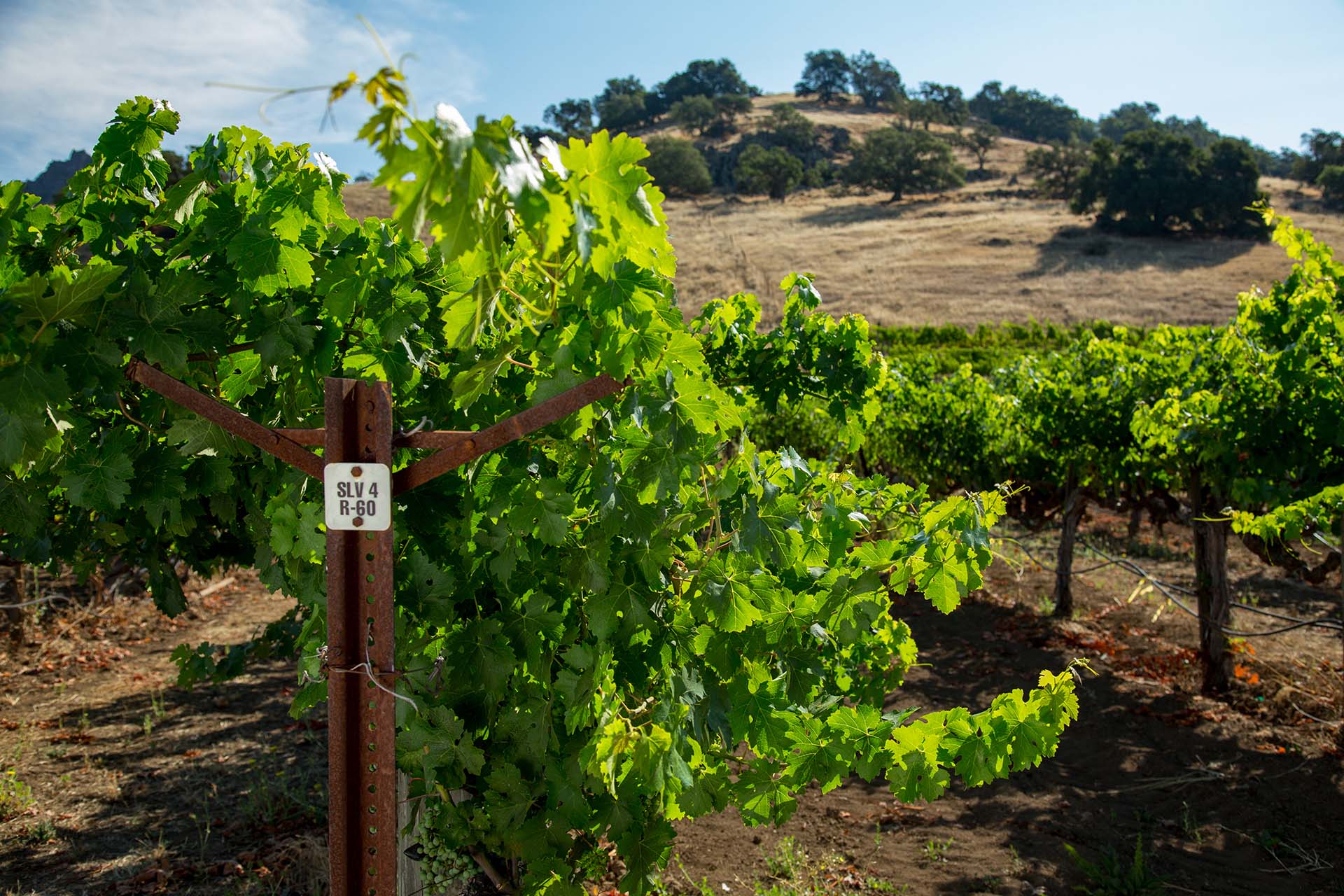For decades, California winemakers have long thought of the Winkler Index as gospel. Developed in the 1940s by two professors at the University of California at Davis (U.C. Davis), the Index uses regional climate conditions to determine the best places to grow a wide range of wine grapes.
With increasing pressures from heat and drought bearing down on the state, however, the Index may currently be horribly out of date. On July 22, U.C. Davis announced it would update the Index for the first time in more than 75 years. This new reality has profound implications for what we grow, make and drink in the future.
Professors A.J. Winkler and Maynard Amerine founded the Index to help the California wine industry recover following the repeal of Prohibition and loss of vines due to phylloxera. The Index became a standard way of thinking about which wine varieties to plant where and, over time, it was adopted worldwide.

The Index classifies regions from I to V, going from coolest to warmest. It specifically tracks the amount of heat from the sun via average daily temperatures above 50°F between the months of April and October, the typical growing season for grapes in the northern hemisphere. These heat units are commonly referred to as “degree days.”
The original ranking classifies Region I as areas with less than 2,500 heat units. This includes Anderson Valley, Carneros, the Santa Cruz Mountains and Santa Maria in California, and Mosel, Burgundy and Champagne in the Old World. The Index lists Chardonnay, Pinot Noir and Gewurztraminer as suited to these growing regions.
Region V places have 4,001 or more heat units, with Fresno and Merced as domestic examples and Algeria and Palermo, Italy abroad. Sweet and/or fortified wines made from Grenache, Muscat Blanc and Palomino are recommended.
In between are such world-renowned places as Russian River Valley and Bordeaux (Region II) and St. Helena and Tuscany (Region III), where heat units/degree days range from 2,501 to 3,500.
This new reality has profound implications for what we grow, make and drink in the future.
When the Winkler Index was developed, the Napa Valley was considered predominantly a Region II and III, and deemed ideal for Cabernet Sauvignon. Today, 50%, or some 22,868 acres of it is planted to Cabernet.
But things are changing. Between 1895 and 2018, California has warmed an average of 2.3°F during the growing season, according to the 2018 Napa Vintage Report by Dr. Greg V. Jones. Now most of the valley falls within Region III and IV, and some wonder if it’s at risk of reaching even beyond.

Environmentalist and legendary Napa Valley winemaker Warren Winiarski, 92, who produced the winning Stag’s Leap Cabernet Sauvignon of the 1976 Judgment of Paris tasting, advocates for updating the Winkler Index. In July, he donated $450,000 to fund U.C. Davis’ research.
“Because we are in a period of climate change, we need more refined and comprehensive ways of measuring the effect of heat on plant physiology and grape maturity,” says Winiarski. “The development of new methods of measurement would be extraordinarily helpful. With better knowledge of changes in the compositional elements in the grapes in the vineyard, we’ll have better guidance on how to respond in the winery and create the wines we want to make.”
From the purview of his home above Stag’s Leap Wine Cellars, Winiarski has lived through both the 2017 and 2020 fires that affected the Napa Valley. He suffered the loss of a barn and two residences at his Arcadia Vineyard in Coombsville and had to evacuate during these events.

Data collection has begun this season with Napa Valley Cabernet Sauvignon. Remote sensing and sophisticated monitoring technology will capture plant growth, berry chemistry and other conditions more effectively than when the Winkler Index was created.
Growers and producers in the Napa Valley are expected to share some of the data from their own weather stations with the U.C. Davis researchers.
“There is a renewed interest to understand how to best mitigate climate change effects on existing vineyards and choose appropriate cultivars for the future,” says Beth Forrestel, an assistant professor in the U.C. Davis Department of Viticulture and Enology who is leading the research. “The new methods and data sources we’re bringing to this project will help us do just that.”
Others who support this refresh include Winiarski’s successor at Stag’s Leap Wine Cellars, Marcus Notaro. He oversees the historic Fay Vineyard, among the first sites to be planted to Cabernet Sauvignon in the southern reaches of the Napa Valley.
“When Nathan Fay first planted the vineyard in 1961, common thinking was our area in the Stags Leap District was too cool for Cabernet Sauvignon,” Notaro says. “Updating this index using modern technology will be a great new tool to support our industry.”
Last Updated: May 8, 2023















